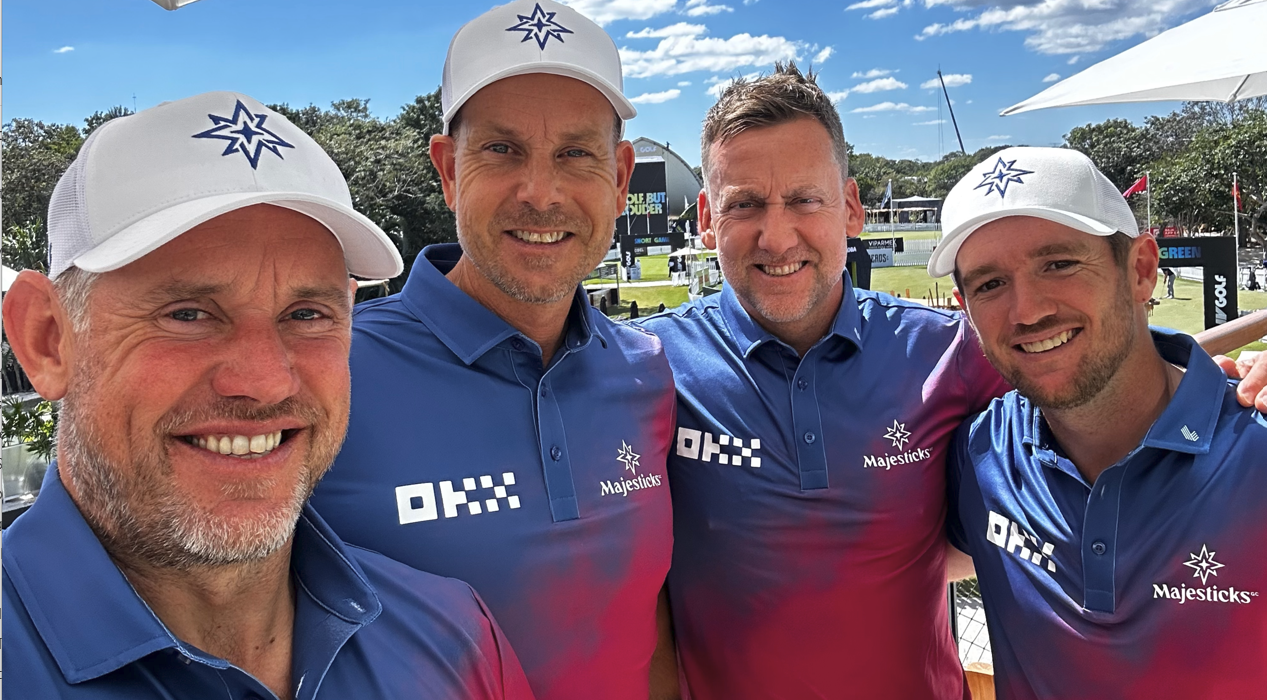September 13, 2022
A Q&A with Open Sky Group’s Senior Supply Chain Advisor, David Haley, on how smart technology can give your people the inside edge.
In just 24 months, the supply chain industry has been battered by a host of calamities, not the least of which include a pandemic, labor and driver shortages, government lockdowns, weather events, supply bottlenecks, inflation, rising fuel costs, and, most recently, war. As logistic companies jockey to deal with the fallout, questions persist around how operators might remain competitive considering prevailing winds – and beyond.
Open Sky Group’s Senior Supply Chain Advisor, David Haley, offers answers grounded in his 30+ years of supply chain experience spanning logistics, transportation, distribution, technology, operations, and manufacturing. The following discussion unpacks his perspective and advice to executives wrestling with how to do more, with less, in today’s rapidly changing global supply chain.
Question: Forbes recently reported upwards of 500K open positions in the warehouse and transportation industry, while the Bureau of Labor Statistics expects the demand for warehouse labor to grow by another seven percent in the next decade. As the marketplace becomes increasingly more digital, mobile and tech-savvy, driven by expansive e-commerce, it appears that logistics companies will continue to be pressed into individualizing fulfillment within ever-shorter time windows. How does this impact the labor situation and what should traditional supply chain companies do to brace for the impact?
David Haley: There is no doubt that the growth of e-commerce has been exacerbating warehouse labor demand in recent years. The push began even before 2020, but after COVID hit, it seems the situation has only gone into overdrive.
According to a recent Modern Materials Handling supply chain survey, only one-third of supply chain leaders reported feeling “well-prepared” to handle the rising volume with current staff. That means two-thirds of the industry is not. This signals an alarm for traditional distributors to rethink their operating models. Transitioning from delivering case quantities and pallets to a retailer’s warehouse versus picking multiple, individual orders for direct-to-consumer delivery will be a challenge.
Now is the time to assess the status quo. The need for speed will be paramount for success and competitive companies will have to respond on two fronts. First, processes and technologies will have to be examined to find opportunities for new efficiencies.
Start and address the issue of labor. Recruiting is a problem. But also, how do you incentivize existing workers to be more efficient and productive, yet happier about where they work? A happy workplace is an attractive workplace, with increasing demands, it will be crucial to maintain that attraction while remaining competitive.
Q: Let’s take the first part of your recipe, “processes and technologies.” What can be done to make a supply chain company more competitive?
D.H.: In my experience, early adopters of automation and technology often gain such an advantage in efficiency that they suddenly find themselves needing more labor to process the positive bump they get in new business. Planned in advanced, this is a good problem to have.
Certainly, metrics, analytics, and forecasting come into play, but it starts with the foundational homework – evaluating time-honored processes and hypothesizing better ways to turn the task. If systems are old and out-of-date, if repetitive, manual tasks are creating bottlenecks, or if the various applications in the operating ecosystem are siloed, out-of-sync, or don’t communicate, the time and place for new processes or technologies must be identified and considered.
Can a robot tirelessly and constantly traverse the same path on the warehouse floor that a human has been assigned to walk? If so, maybe a robot is a good investment.
Is there a kitting station on the floor demanding headcount or slowing throughput? Maybe it’s time to outsource that function to a vendor.
Go through the warehouse. Talk to the people who work in it every day. Plan thoroughly. Then, go slowly, and be sure to test and simulate every solution before you go all in.
Q: What sort of gains signal a good bet for changing a process or technology?
D.H.: Improving worker safety is a good one. If you’ve got a three-level rack someone’s scaling to move product, there’s a safer way by using automation.
Time savings is another. This is where having the latest software can make a huge difference. A state-of-the-art WMS, TMS, or labor-management system will tell you a lot. Systems programmed to monitor and measure workflow in real-time, give managers visibility to make adjustments on-the-fly.
If 50 percent of a picker’s day is spent in travel time, this will show up in your system. It may indicate a need to evaluate your inventory handling procedures; improve slotting and replenishment logic to cut travel and waiting time.
Physical changes, combined with technology, can also improve the flow. Look for high-velocity picking areas and see where you can apply technology such as conveyors, pick-to-light systems, voice picking, goods-to-person technology, AGVs (autonomous guided vehicles), or robotics, and work these into the context of your operation.
Test and simulate everything. You don’t want to fall in love with the “cool” technology to find out you purchased a lemon.
Q.: Regarding the people side of the equation, what can be done to satisfy labor requirements in the face of rising demand, and what can be done to improve productivity within the existing workforce.
D.H.: Regarding labor requirements, hiring is just going to get more difficult as older workers retire or transition to part-time work. “Gig” work, such as Uber or online jobs, is another talent siphon, as are government benefits that incentivize able contributors to stay home.
You’ve got to make your place of business “preferred”. That means providing competitive wages but also offering meaningful, satisfying work experiences, retaining those you manage to attract and hire.
No one wants to work on old-school technology. We have become conditioned to carry phones, televisions, and computers in our pockets; green screens and spreadsheets won’t cut it in today’s world. You’ve got to modernize to create an improved employee experience.
Here’s where a state-of-the-art labor management system can support informed, measurable workforce decisions – addressing the productivity part of your question.
To make that work, it’s best to engage your people up front. Tell them the plan, solicit their input, and offer incentives to create and sustain momentum. People want to perform meaningful work and avoid boredom. Don’t replace your people with machines. In most cases, they have mouths to feed at home.
If they can see that your goal is to remove the boring, unsafe work in the warehouse by intelligently augmenting their labor – with tools, new processes, or smart outsourcing – they’ll come in motivated, contribute and be much less likely to leave.
When they know what it measured and why, people focus and produce at higher levels. If rewarded for their effort, people work harder and enjoy coming in. Accomplish all that, and your business will become a hiring magnet – your people, more competitive.
Concluding Thoughts
The key is managing the change in stages, through clear communication and buy-in from the top. If you’re unfamiliar with effective change management, engage a consultant who’s been there before and open the discussion. When encouraged, rewarded, or celebrated, people outperform compared to those that are not. It’s human nature. And we now have the technology to make it happen.






















